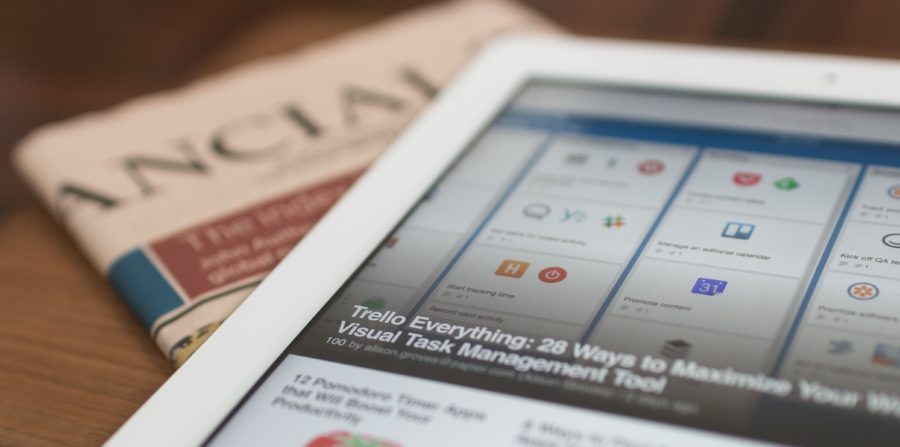
What does publishing mean in a modern context? The current definition from Merriam-Webster is “the business or profession of the commercial production and issuance of literature, information, musical scores or sometimes recordings, or art.” The term, then, includes a variety of content and media, including print and digital. Another definition follows this one, meant for English Language Learners. Here, publishing is: “the business of producing books, magazines, etc., to sell to the public.” In order to explain the process simply, one refers to traditional print media intended for sale. Contemporary publishing is modeled after this process with countless new iterations – and Submittable is here to support all of these possibilities.
Although a traditional publishing model still informs our fundamental understanding of the concept, the internet and digital technologies have radically changed the face of publishing. Self-publishing and personal blogs, for example, have democratized who can speak, as well as who can hear them. Matt Mullenweg, creator of WordPress, says: “You or I can download and publish using the exact same software that The New Yorker uses for newyorker.com. And I think that is relatively unique in the history of the world. We don’t have access to the same printing press as The New York Times, but in the digital world we can have the same software as The New Yorker.”
For writers, this historical moment can be equally exhilarating and vexing. While it’s incredible to instantly share your ideas in any media with a potentially giant audience, what if your audience is also busy “speaking”? For readers, a similar paradox exists. With content coming from all angles, there is an exceptional variety to choose from, mostly for free. But how do you pick what to read? Enter digital readers like Feedly and curated media like Medium – apparently we DO like gatekeepers, even if we design them ourselves.
With the rise of digital publishing, there has been considerable talk about the decline of print media. However, based on 2015 data, print publishing is far from gone, as long as it embraces technology in tandem. According to Justin Pang, “Forbes, Hearst Digital Media, Conde Nast Digital, and the Washington Post posted impressive double digit audience growth while once hyper-growth digital native publishers like Buzzfeed and Gawker saw flat or declining traffic growth.” In fact, these publishing organizations are quite similar – “massive audiences with global reach, savvy newsrooms that create omni-channel content around the clock, and a technology infrastructure that brings speed, efficiency and intelligence to the forefront.” Print publications are looking to take advantage of technology, while digital native publishers want the credibility of long-standing media.

Contemporary publishing is all about connections – interweaving print with digital, and linking both to an ever-larger, more-engaged audience. Recent publishing trends confirm this. Large educational publishers like Pearson have integrated digital and print publishing to great advantage. For companies that oversee multiple content sources, the goal is to keep each brand distinct while encouraging efficiency. Time Inc., for example, is consolidating digital editing resources across publications like People, Sports Illustrated and Fortune based on broader topics like food, health, technology, and home design.
Submittable is uniquely equipped to handle this exciting moment in publishing. Not only does our software serve print, digital, and new media with matched precision, but it also provides the perfect tool for both gatekeepers and those at the gate. Our clients, including CBS, Conde Nast, Hearst, Chicago Tribune, LA Times, Simon & Schuster, Random House, The Atlantic, and many others, use Submittable’s software to manage digital and print content, review manuscripts, hire talent, run contests, and collect user-generated materials. With Submittable, they can accept virtually any type of media, be it text, audio, image-based or video.
It’s a severe understatement to say that publishing in our time is undergoing remarkable and relentless change. Even its definition varies widely depending on context, whether you want Oxford English or Business Dictionary. This complexity offers an unmatched opportunity for everyone to leave their mark, from big media to small bloggers, as long as they don’t shy away from innovation. The smartest publishers recognize that ideas and people are increasingly connected and connectable. Submittable’s software is perfect for fostering these networks. We say, bring it on.
